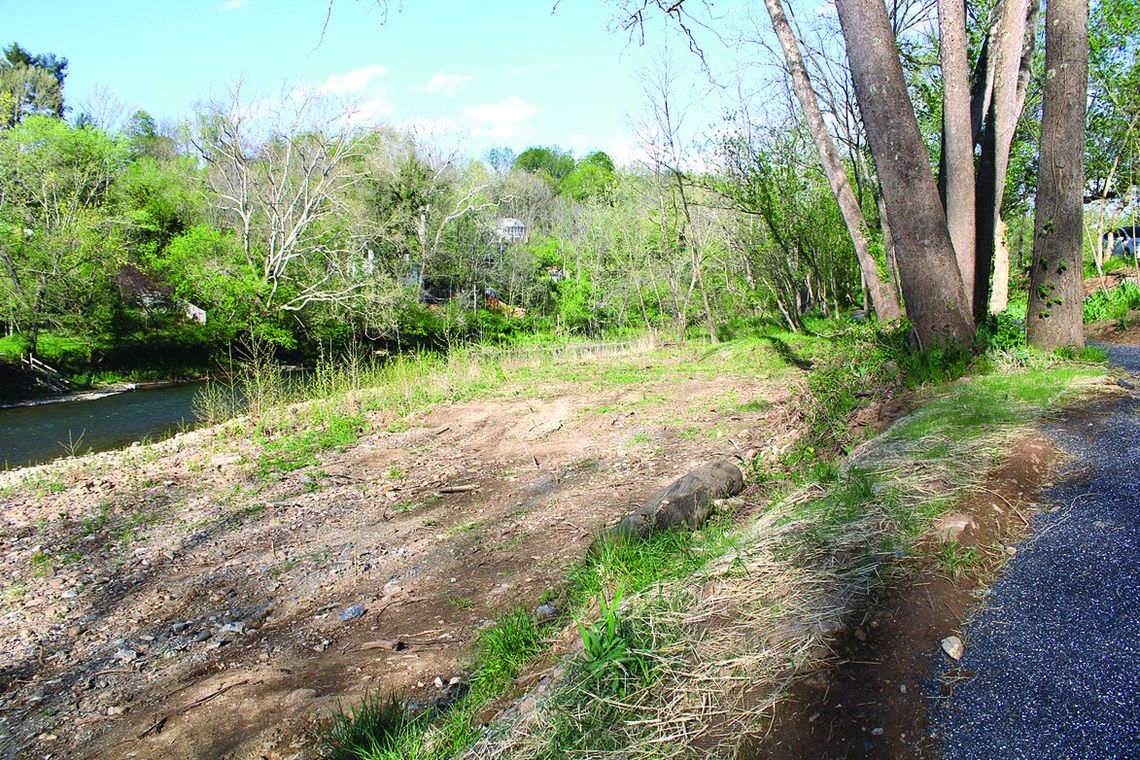Lexington takes its trees seriously. The late Rev. LaVert Taylor, an African American minister and member of City Council, once chided his colleagues on Council for what he viewed as their caring more about trees than the city’s troubled youth. We wouldn’t go that far but it is definitely true that many Lexington residents are passionate about their trees.
So, it is not very surprising that a public outcry ensued in response to a city crew’s recent removal – without the involvement of the city arborist or tree board – of trees and other vegetation from a portion of the riparian buffer at Jordans Point. What was seen by city management as an attempt to enhance public access to the Maury River was viewed by tree enthusiasts as wholesale destruction to the point’s ecosystem.
Lexington has a city arborist and a tree board for a reason. City Council in 2001 enacted a tree ordinance with the expressed purpose of enhancing and protecting this most vital of natural resources. The idea was to encourage the planting of more trees throughout the city and protecting the inventory of existing trees. Under the leadership of the city’s first arborist, Betty Besal, Lexington readily and quickly achieved its initial goal of designation as a Tree City USA, a program of the National Arbor Day Foundation, an achievement that it retains to this day.
Besal, now chair of the tree board, outlined for City Council at its March 16 meeting what transpired in the events leading up to the removal of trees and vegetation from Jordans Point in early March. Throughout the process, according to Besal, the public works crew that did the removal did not consult or “largely ignored” the advice of Celia Raney, the current city arborist. A consequence of removing riparian buffer, Besal pointed out, is to undermine the riverbank, making it more susceptible to erosion.
The trees and shrubs may have not been aesthetically pleasing and likely did obscure views of the scenic river, but they nevertheless played an important role in preventing erosion, particularly in times of flooding. The trees also helped shade the river, making it cooler and more habitable for the aquatic life that reside there. Had the arborist’s advice been followed, the action taken would have been to surgically remove invasive species, treating the remnants to eradicate them, and leaving in place the native species.
Apart from the Jordans Point dilemma, Lexington has a bigger challenge with regard to protecting the canopy of trees throughout the city. A recent aerial survey revealed that Lexington has lost 10 percent of its tree canopy since 2009. The decrease was attributed to many factors, including the 2012 derecho, pests, diseases and large tree removal without replacement. In response, Raney said, “We want to plant more trees to offset climate change, improve storm water management capacities and keep the city cooler.” She noted that “shade trees can reduce ambient temperature by 5 to 8 degrees and they lower cooling costs.”
Yes, we love our trees. It is our hope and belief that, moving forward, Lexington city management and public works crews will be in synch with the city arborist and tree board in engaging in practices that safeguard this most cherished of natural resources. This would include following a plan being developed by Raney for the replacement of the riparian trees that were removed from Jordans Point. This plan will be in keeping with the overall master plan for Jordans Point Park.
.jpg)



